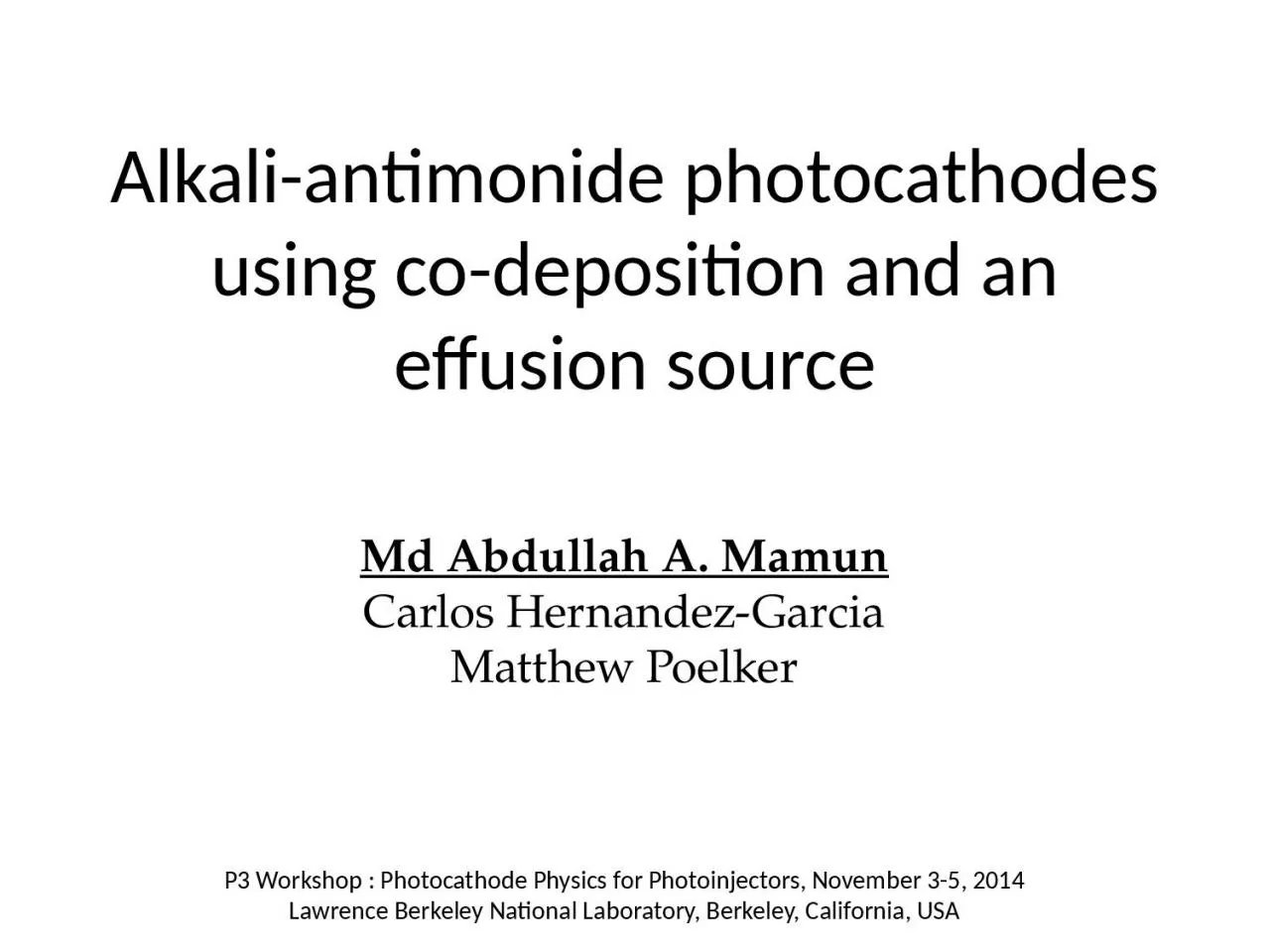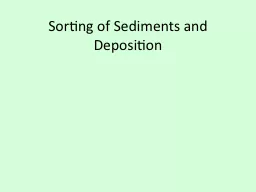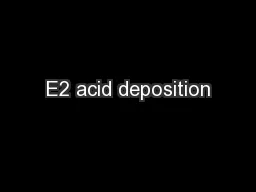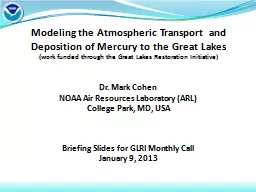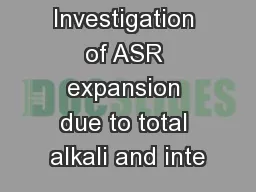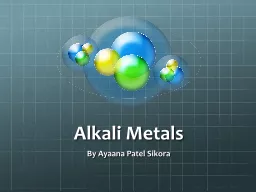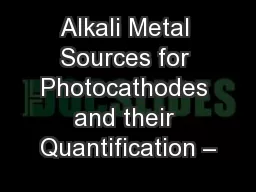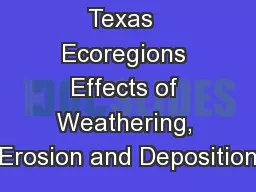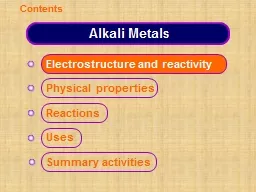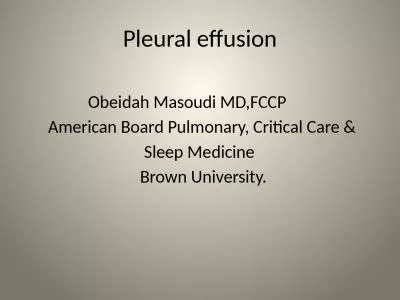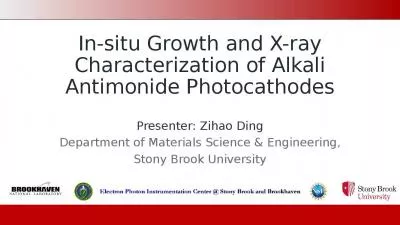PPT-Alkali- antimonide photocathodes using co-deposition and an effusion source
Author : PeacefulPassion | Published Date : 2022-08-04
Md Abdullah A Mamun Carlos HernandezGarcia Matthew Poelker P3 Workshop Photocathode Physics for Photoinjectors November 35 2014 Lawrence Berkeley National Laboratory
Presentation Embed Code
Download Presentation
Download Presentation The PPT/PDF document "Alkali- antimonide photocathodes using ..." is the property of its rightful owner. Permission is granted to download and print the materials on this website for personal, non-commercial use only, and to display it on your personal computer provided you do not modify the materials and that you retain all copyright notices contained in the materials. By downloading content from our website, you accept the terms of this agreement.
Alkali- antimonide photocathodes using co-deposition and an effusion source: Transcript
Download Rules Of Document
"Alkali- antimonide photocathodes using co-deposition and an effusion source"The content belongs to its owner. You may download and print it for personal use, without modification, and keep all copyright notices. By downloading, you agree to these terms.
Related Documents

